Restoration
Lumbar Spine Herniation
A herniated disk is a condition that can occur anywhere along the spine, but most often occurs in the lower back. It is sometimes called a bulging, protruding, or ruptured disk. It is one of the most common causes of lower back pain, as well as leg pain or “sciatica.” Between 60% and 80% of people will experience low back pain at some point their lives. Some of these people will have low back pain and leg pain caused by a herniated disk. Although a herniated disk can be very painful, most people feel much better with just a few weeks or months of nonsurgical treatment.
A herniated disk is most often the result of natural, age-related wear and tear on the spine. This process is called disk degeneration. In children and young adults, disks have high water content. As people age, the water content in the disks decreases and the disks become less flexible. The disks begin to shrink and the spaces between the vertebrae get narrower. This normal aging process makes the disks more prone to herniation. A traumatic event, such as a fall, can also cause a herniated disk.
In most cases, low back pain is the first symptom of a herniated disk. This pain may last for a few days, then improve. Other symptoms may include sciatica, numbness or a tingling sensation in the leg and/or foot, weakness in the leg and/or foot & loss of bladder or bowel control.
To help prevent a herniated disk:
- Exercise. Strengthening the trunk muscles helps stabilize and support the spine.
- Maintain good posture. Good posture reduces the pressure on your spine and disks. Keep your back straight and aligned, particularly when sitting for long periods. Lift heavy objects properly, making your legs — not your back — do most of the work.
- Maintain a healthy weight. Excess weight puts more pressure on the spine and disks, making them more susceptible to herniation.
Some exercises can help improve the symptoms of a herniated disc. Physical theray can teach you which ones strengthen the muscles that support your back. Physical therapy programs may include stretching exercises to keep your muscles flexible, aerobic exercises -- such as walking or riding a stationary bicycle.

